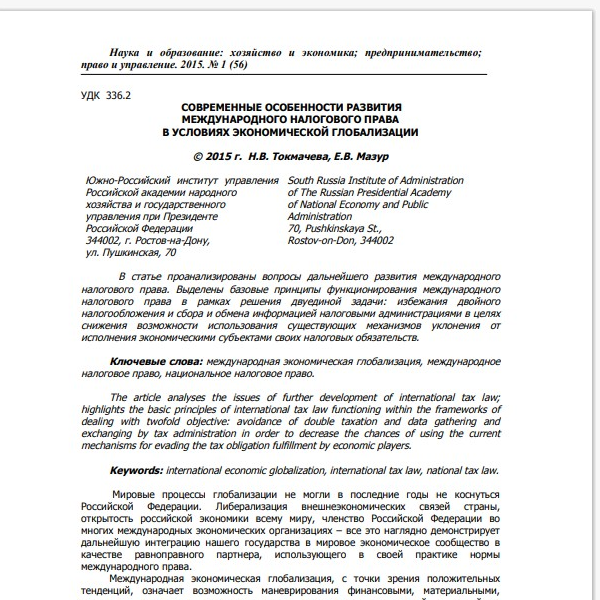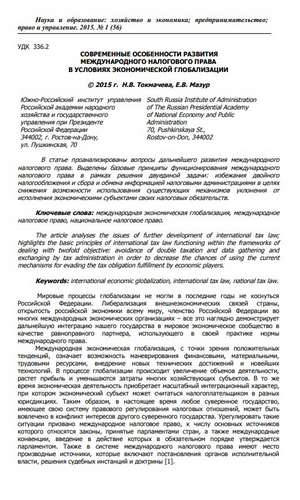Описание
Введение
Целью данного исследования является определение уровня физической работоспособности квалифицированных спортсменов-ориентировщиков с нарушениями слуха. Исследование направлено на выявление особенностей физической подготовки данной группы и определение факторов, влияющих на их конкурентоспособность. Актуальность работы подчеркивается высокой значимостью адаптивной физической культуры и спорта для людей с инвалидностью, что позволяет им восстанавливать социальные связи и улучшать качество жизни. В особенности, учитывая, что по данным Всемирной организации здравоохранения, 6% населения сталкиваются с потерей слуха, исследование функциональных возможностей спортсменов с такими нарушениями является важным шагом к их социальной реабилитации.
Методология
Для достижения поставленных целей в исследовании использовались методы антропометрических замеров (определение размеров тела, массы и толщины кожно-жировых складок) и спортивной физиологии. Спортсмены проходили тестирование на тредбане для оценки функционального состояния кислородтранспортной системы, включая максимальное потребление кислорода и пороговую скорость. Данные о частоте сердечных сокращений (ЧСС) временно регистрировались в условиях соревнований и лабораторных испытаний. Выбор данных методов был обусловлен необходимостью глубокого анализа физических параметров и их корреляции с уровнями работоспособности.
Основные результаты
Анализ показал, что максимальное потребление кислорода у мужчин-ориентировщиков с нарушениями слуха составляет 66-71 мл/мин/кг, а у женщин - 55-60 мл/мин/кг, что сопоставимо с показателями высококвалифицированных спортсменов. Установлена высокая зависимость между скоростью бега и ЧСС, особенно на равнинных участках дистанции, что подтверждает наличие адаптационного ответа организма спортсменов. Статистическая значимость полученных данных была подтверждена за счет уменьшения вариативности и прерывистости ЧСС во время соревнований.
Обсуждение и интерпретация
Авторы интерпретируют результаты как подтверждение высокой физической готовности квалифицированных ориентировщиков с нарушениями слуха. Эти данные сопоставимы с результатами исследований других авторов, что свидетельствует о необходимости углубленного изучения специфики подготовки данных спортсменов. При этом отмечается, что уровень физической работоспособности спортсменов с нарушениями слуха значительно поднят по сравнению с нетренированными личностями, что также подчеркивает успехи системы адаптивного спорта.
Заключение
Исследование выявило высокий уровень физической работоспособности квалифицированных спортсменов-ориентировщиков с нарушениями слуха, что позволяет утверждать о возможности их успешной интеграции в спортивные соревнования. Практическое значение работы заключается в том, что полученные результаты могут быть использованы для разработки программ подготовки и тренировок. Авторы также подчеркивают необходимость дополнительных исследований для более глубокого понимания функциональных возможностей данной группы спортсменов и их потребностей.
Ключевые слова и термины
Ключевые термины: физическая работоспособность, квалифицированные спортсмены-ориентировщики, нарушения слуха, анаэробный порог, частота сердечных сокращений.
Библиография
- Байкина Н.Г. Диагностика и коррекция двигательной сферы у лиц с нарушениями слуха.
- Винник Дж.П. Адаптивное физическое воспитание и спорт.
- Зозуля Т.В. Комплексная реабилитация инвалидов: учебно-метод. пособие.
- Чешихина В.В. Особенности соревновательной деятельности спортсменов-ориентировщиков с нарушением слуха.


Отзывы
Отзывов пока нет.